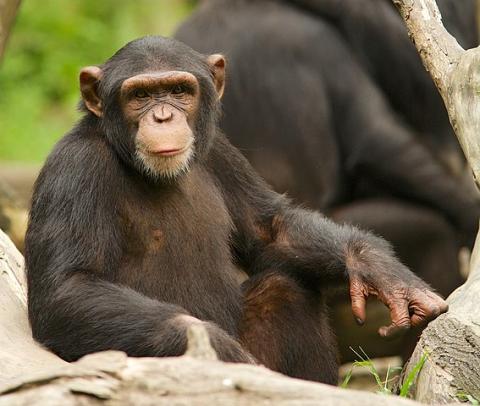The Great Ape Project: A First Step toward International Recognition of the Rights of Nature?

Centre for the Law and the Environment Assistant
Jul 22, 2019
By Daniel Cheater
Around the world, legal recognition of rights beyond humanity is on the rise. From Ecuador to New Zealand, examples are mounting that nature itself holds legal rights, and humans have corresponding duties to uphold those rights.
What could be the first step toward legally recognizing these rights on an international scale? A proposal from the early 1990s may be the answer.

In 1992, a diverse group of academics published The Great Ape Project: Equality Beyond Humanity. They proposed an international Declaration on Great Apes that would extend certain rights to our closest relatives: gorillas, chimpanzees, bonobos, and orangutans. Together, along with humans, these species are known collectively as the Great Apes.
The Declaration would have extended three basic rights to non-human great apes: the right to life, the protection of individual liberty and the prohibition of torture.
Though the Declaration failed to gain traction internationally, the growing legal recognition of the rights of nature suggests that its time has come.
The Ecuadorian Constitution now recognizes the right of Pachamama (Mother Earth) to “respect for its existence and for the maintenance and regeneration of its life cycles, structure, functions and evolutionary processes.” Bolivia has a law recognizing the Rights of Mother Earth. In New Zealand, the Whanganui River and Te Urewera (a former park) are recognized as legal persons, with boards mandated to act on their behalf.
However, despite a 2010 bid to convince the United Nations to adopt a Universal Declaration of the Rights of Mother Earth, international legal recognition of the rights of nature has proven elusive.
Revisiting the Great Ape Project would be an appropriate first step toward enshrining international rights of nature. Here’s why.
Similarity to Humans
Apes are our closest genetic relatives. DNA evidence has shown that we share between 96-99% of our DNA with the other great apes. Chimpanzees are closer genetically to humans than to gorillas. Jared Diamond argues that humans should more appropriately be characterized as “the third chimpanzee.”
Many accomplishments once believed to be unique to humans — language, tool use, deception, and even theory of mind — are present in the other great apes. The practical division between humans and other apes is less rational than previously thought.
Relative Ease of Recognition
A legal instrument focusing on only great apes would face fewer logistical barriers than a broad declaration of the rights of nature.
Medical experimentation on apes, a major barrier to the original Great Ape Project, is widely condemned and no longer permitted in most countries.
There is also existing international precedent for great ape protection. In 2005, the Kinshasa Declaration on Great Apes set out a strategy for states to protect great ape populations. 16 of the 23 states that have wild great ape populations signed onto the Declaration. This could signal these states’ increasing willingness to accept international legal recognition of great apes’ rights, if provided adequate support and incentives.
Meanwhile, none of the most powerful actors in international law, including the United States, the European Union and increasingly China, have natural great ape populations—a fact that might ease the way toward international recognition of the rights of great apes.
Environmental Impacts
Without international intervention, many great apes face imminent extinction. An international instrument upholding the rights of great apes could accelerate existing momentum to protect these highly endangered species.
Congo’s Virunga National Park contains the habitat of many of the last mountain gorillas. Though threats to the habitat persist, public pressure has significantly slowed oil development in the area. Meanwhile, campaigns focusing on Indonesian palm oil and deforestation have increased international attention to the threats to orangutan populations.
A declaration of great apes’ rights would build on these campaigns.
Recognition of a right to life would impose an obligation on states to ensure that this right is not violated by activities undertaken within their territory, thereby providing powerful new legal protections to great apes.
Bridging the Gap
Perhaps the greatest advantage of a great apes’ declaration is that it would begin to reduce anthropocentrism within our legal systems.
We are all great apes. A great apes’ declaration would situate all included species as moral equals, entitling both human and non-human apes to the same basic rights.
As Jane Goodall wrote for the Great Ape Project, the great apes “form a living bridge between ‘us’ and ‘them’, and this knowledge forces us to re-evaluate our relationship with the rest of the animal kingdom.”
To recognize the rights of nature, we first must recognize that we are part of nature.
By broadening our international legal system to encompass our closest genetic relatives as holders of basic rights, we will begin the transition away from anthropocentric legal philosophy and create space to rethink humanity’s place within the natural world.
- Centre for Law and the Environment


